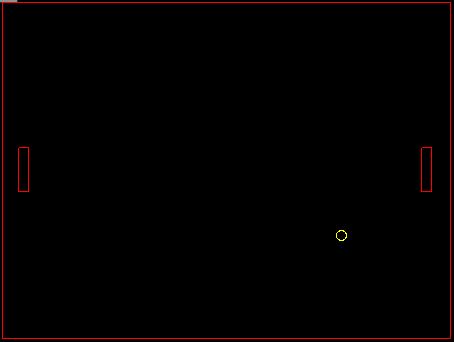I’ve been using an immediate mode GUI system for a while and I think the code is stable enough now to talk about my experience of it.
The definitive tutorial – though I deviated a lot from this:
I have so far made a level editor and a database using this system. I used my own GUI system because I knew I would have complex interactions between the GUI and the scene/document, and I didn’t fancy learning and possibly fighting an existing API. It was not for the final result, which would be better using proper Windows controls. Apart from having a non-standard look and feel I have no file selector, no copy/paste in text boxes and no tool-tips. But as the only person using it, I felt free to make that sacrifice.
Some techniques that I used:
- Simple interface – For example, if (gui.DoButton(“MyButton”)). There are some optional input flags and that’s it.
- No Widget IDs – I felt they were ugly, so I dispensed with them. Instead, I identify widgets by counting. This works as long as the GUI does not change while a widget is still active, and this has always been the case. The GUI changes in response to triggered widgets, and widgets are deactivated when they are triggered. There can only be one active widget at a time, therefore there cannot be any active widgets after a trigger.
- Automatic layout – It would not be practical to hard code the position of every button. I have vertical and horizontal lists and layout flags that can be passed to any widget. The size of the layouts is calculated and used in the following frame.
- RAII – Layouts are created as objects on the stack. When they go out of scope, they remove themselves from the GUI layout stack.
- Storing temporary data inside the GUI – For example the text box in the tutorial above will output values to the buffer while they are being edited. This complicates the code. My text box takes an initial string, then holds the temporary string internally while it is edited, returning the final string only when triggered.
- Multiple trigger conditions – How can you have a button that can distinguish left and right clicks when it only returns a bool? Place two buttons in the same spot, using a flag to prevent the bottom one being hidden. One is triggered on a left click, the other on a right click.
- Building complex widgets out of basic ones – I have menus, lists, trees and tables. They are all buttons and labels underneath.
- Drag boxes and Hot boxes – Drag boxes allow the user to click in a window and move it, triggering when it is dropped. Hot boxes report mouse clicks inside them. They allow painting tiles in the level and moving objects around. These are ridiculously simple to use.
I had some trouble organising the code on the user side until I realised what was going on. It’s not event-driven. The code has to be arranged the same way the interface is. That may sound inflexible – well, maybe – but it breaks down into windows, toolbars, menus and so on. Instead of events, I kept a queue of deferred actions. Want to load a file? Well, you need ask first whether to save the old one. Then request a file name. The actions might happen anywhere; it just depends where in the interface they are handled. Trust the action queue.
It’s very efficient in terms of the amount of code used, and the logic is easy to follow. My entire database interface is under 1000 lines of code, using a total of 120 widgets. And that does a lot of stuff: record editing, tables, a record tree, a schema builder and all the associated menus and dialog boxes. Now, if I could just figure out how to do tool tips…



